#NASA space program
Text
[15] Chapter 16 Review Syndicate: The New Guys
I was a little intimidated by this assignment, as Meredith Bagby’s nonfiction book on NASA’s 1978 Astronaut Class 8 is the most comprehensive piece of nonfiction I have ever read about astronauts. I’m also not huge on books about space in general. (I’ve never been a huge space fan.) However, Bagby’s is the most comprehensive, well-researched work of nonfiction I’ve read, which is partly why I was…

View On WordPress
#Abby N. Lewis#astronaut class 8#blog#book review#chapter 16#cnn#coverage#diversity#freeairforfish#inclusion#interivews#meredith bagby#nasa#NASA space program#News#nonfiction#producer#publication#reportage#reporter#reporting#research#Review#reviewer#space coverage#space exploration#the historic class of astronauts that broke barriers and changed the face of space travel#the new guys#women astronauts#writing
0 notes
Text
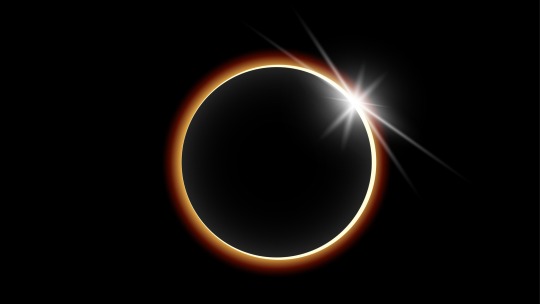

(NEW UPDATE WITH PHOTOS) Send us your best photos!
Absolutely beautiful! I hope everyone took this in! Makes you think just how small we are. A moment the world comes together as one! That’s true humanity . We will be uploading more amazing photos to this same post. So come back later on and check out our 2024 once in a lifetime eclipse photos.

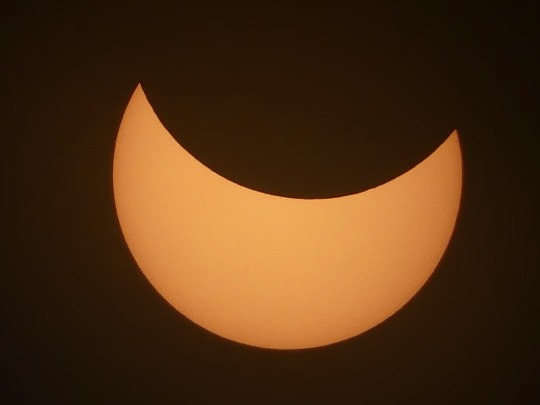
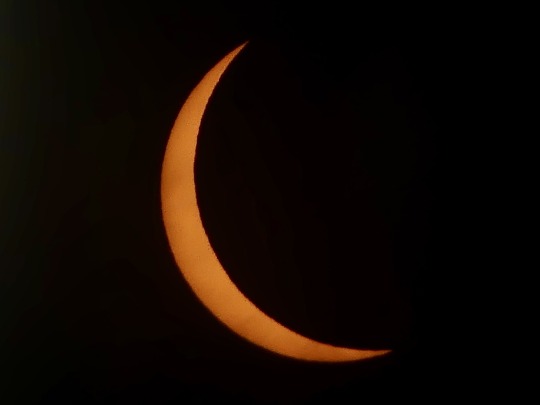




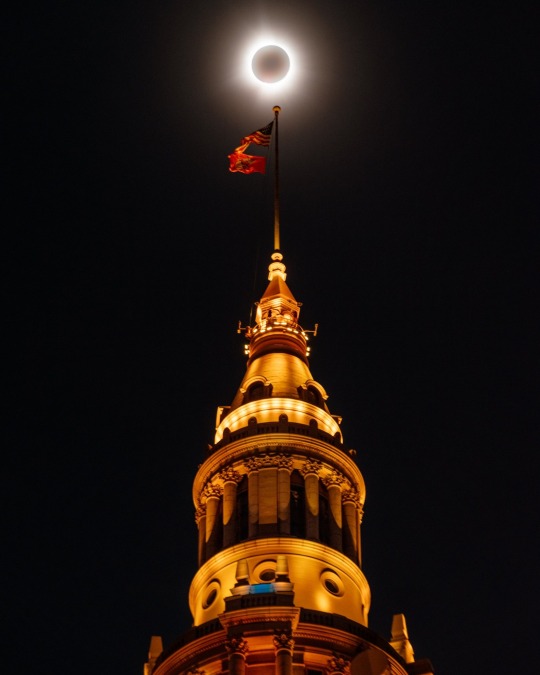
#solar eclipse#eclipse 2024#2024#astronomy#astronomers#nasa#universe#astrophotography#nasa photos#astrophysics#outer space#nasawebb#hubble space telescope#i love astronomy#astronomy facts#astrography#astrobiology#astronauts#astro community#space program#planetary science#planetary nebula#international space station#space exploration#space#science facts#space science#sci#astro notes#astro observations
6K notes
·
View notes
Photo
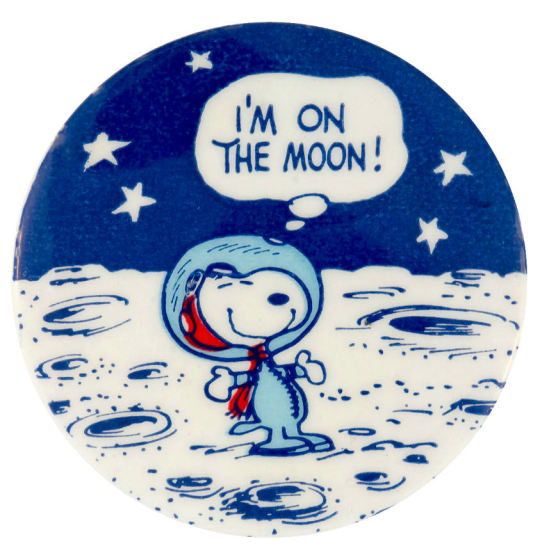
Snoopy button, 1969
13K notes
·
View notes
Photo



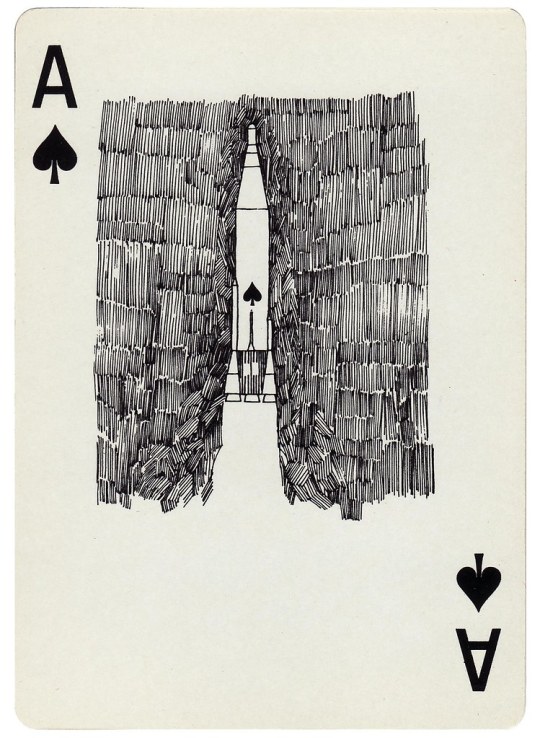






Erik Nitsche, Space Conquest Card Game, 1964
3K notes
·
View notes
Text


Concept art of the Space Shuttle returning from Space.
Artwork by G. Harry Stine
Date: 1978
Posted on Flickr by Numbers Station: link, link
#Space Shuttle#Orbiter#NASA#Space Shuttle Program#re-entry#space#earth#concept art#artwork#1978#undated#my post
707 notes
·
View notes
Text
I love Apollo 8 because not only was it like a monumental human achievement to orbit the moon but also they took like 800 photos and they’re all absolutely stunning



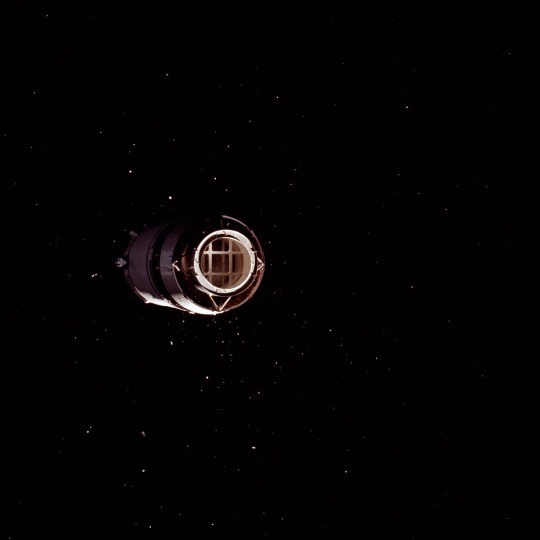
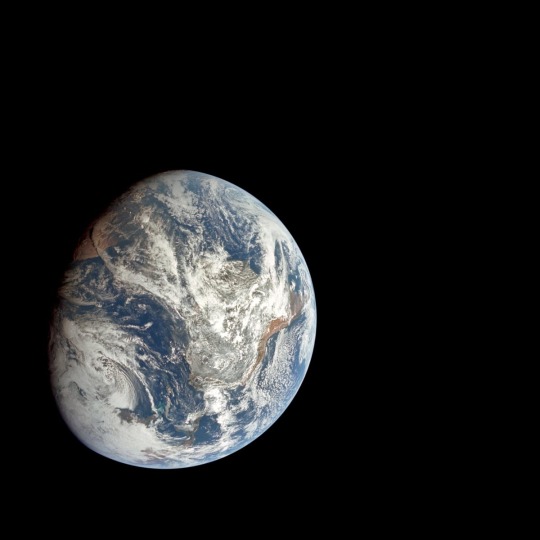
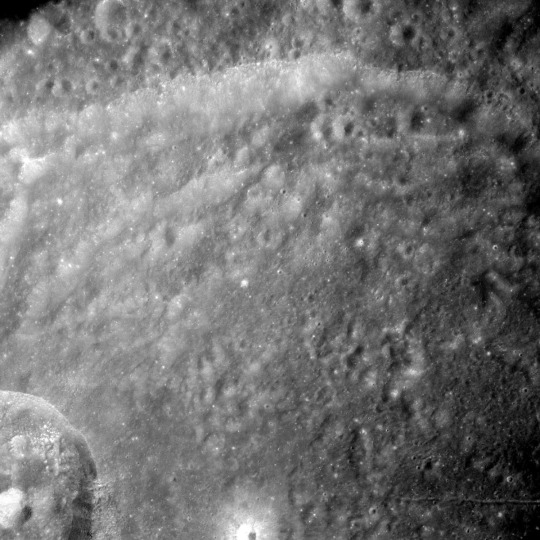


What a beautiful world we share
415 notes
·
View notes
Text
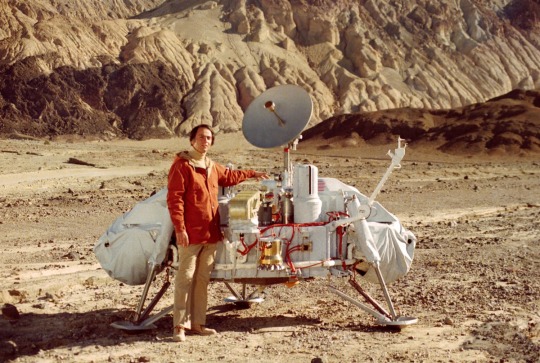
Astronomer Carl Sagan stands in front of a Viking lander mockup in Death Valley, California, c. late 1970s.
#science#technology#astronomy#space exploration#Carl Sagan#NASA#Mars#Viking program#space probe#Death Valley#California#USA#1970s
1K notes
·
View notes
Text
We made it to the moon for cheaper than NASA or Russia, or any colonial power ever has! (very positive)

Take that Great Britain and screw you all colonizers and imperialism (extremely derogatory).
#meera.txt#India#chandrayaan3#history#bharat#proud to be indian#chandrayaanlaunch#brown history#current events#nasa#space travel#desiblr#being desi#desi tumblr#desi tag#this day in history#on this day in history#on this date#on this day#space program#the moon#moon landing#outer space#chandrayaan 3#chandrayaan -3#desi lgbt#desi queer#moon#happening now#colonialism mention cw
815 notes
·
View notes
Photo
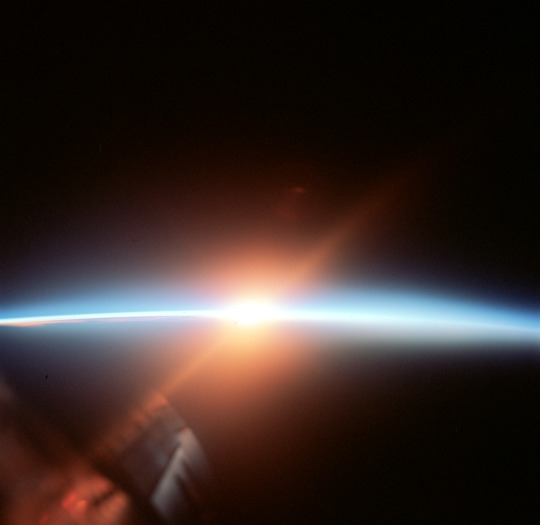


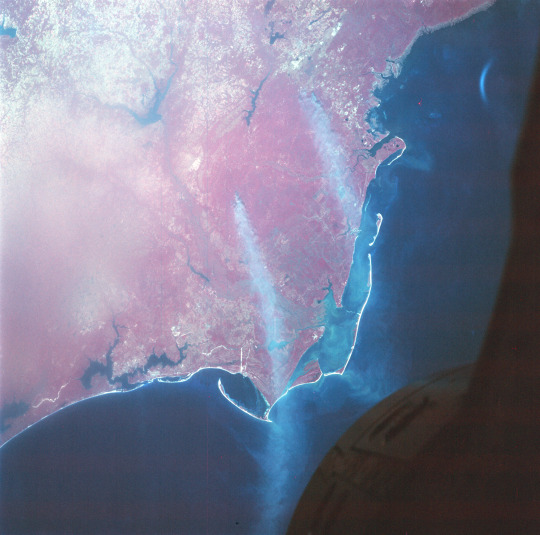
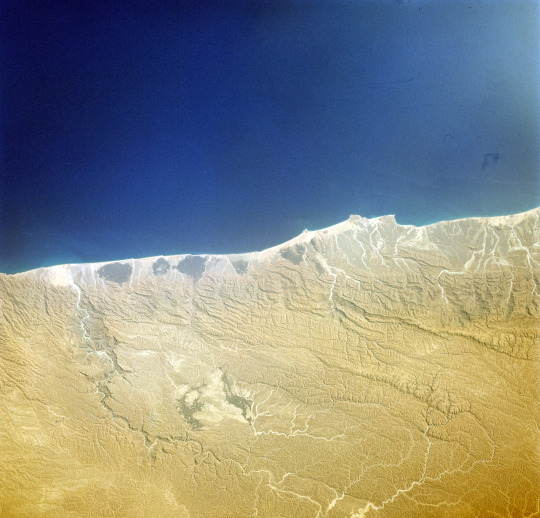
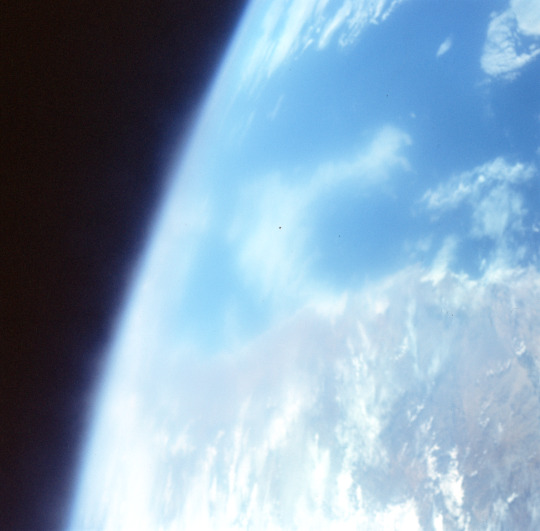
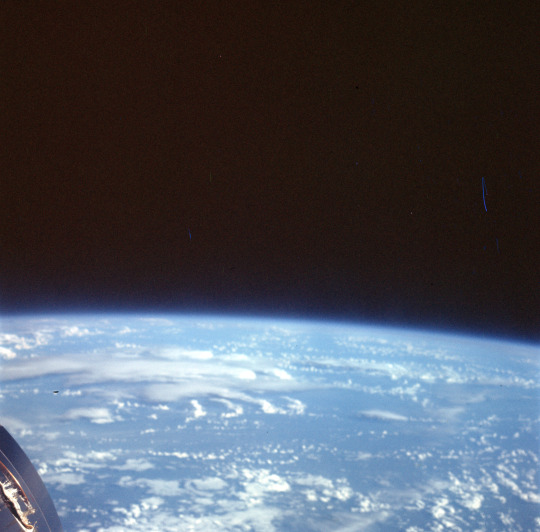
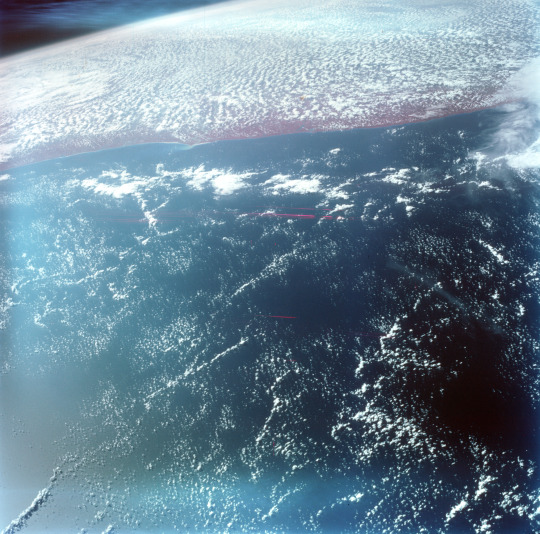
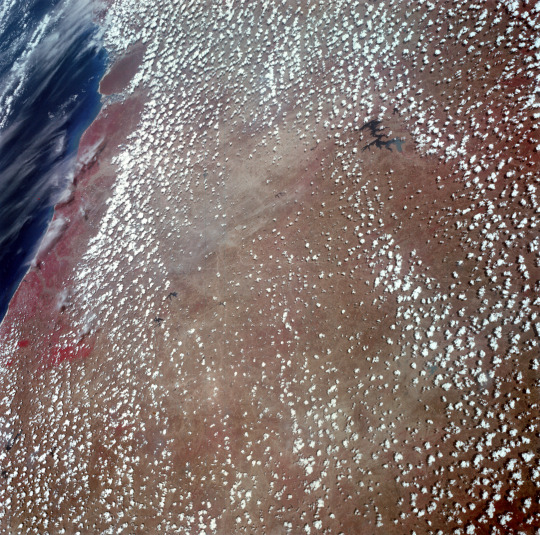

Snapshots from the Gemini 7 mission, December 4-18, 1965.
2K notes
·
View notes
Photo
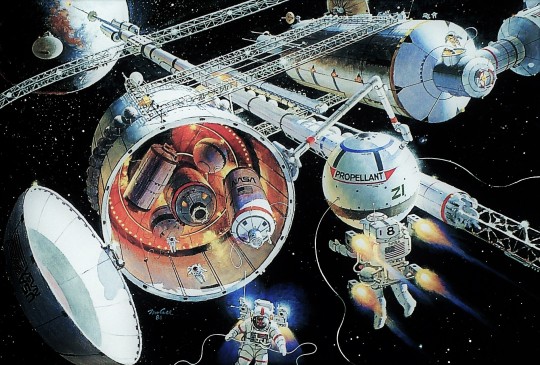
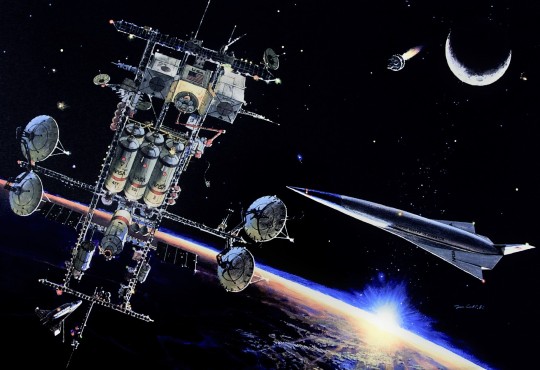
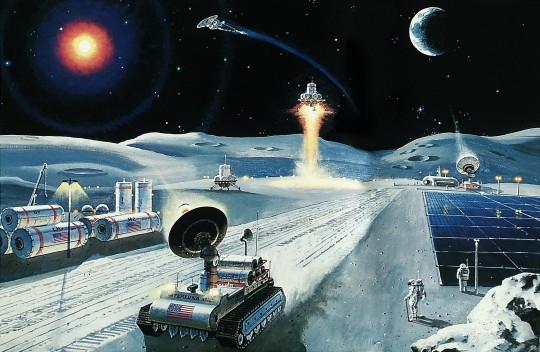
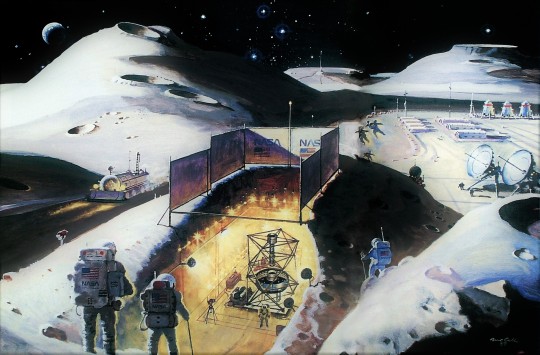

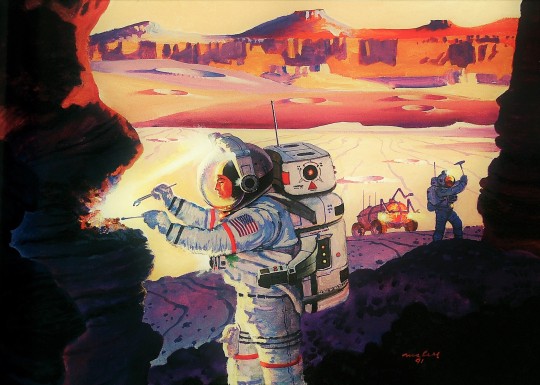


art by Robert McCall (1986-1996)
#robert mccall#space art#sci-fi art#retro futurism#space exploration#moon base#mars colonization#space program#nasa#space station#astronauts#knowledge is the gateway#1980s#1990s
2K notes
·
View notes
Text
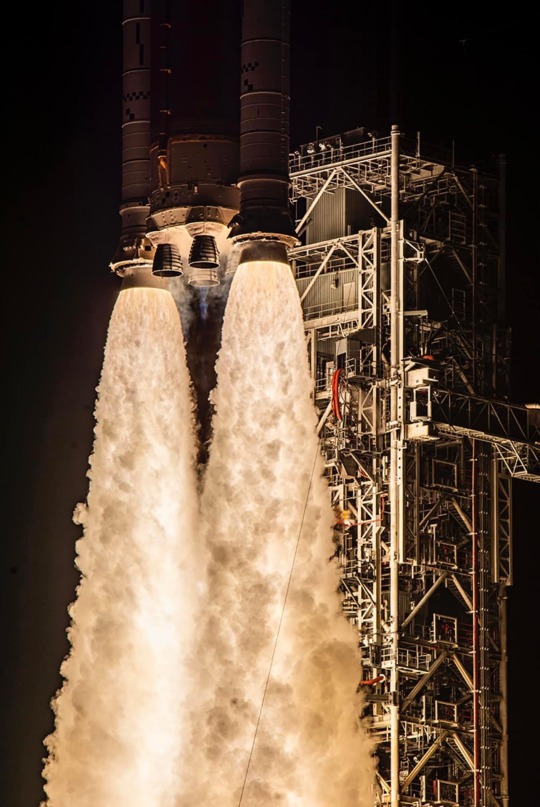
Fires of the new behemoth. A little delayed, but what a great start.
1K notes
·
View notes
Text

The view ain’t all that bad. Apollo 9 astronaut David Scott takes it all in in this epic photograph by crewmate Rusty Schweickart, March 1969. The 10-day mission commanded by James McDivitt saw the first crewed flight of the Lunar Module.
#apollo 9#astronauts#nasa#space travel#the earth#astronaut#space exploration#vintage space#space age#apollo program#historic#space#space race#nasa astronauts#nasa photos#nasa picture of the day#space program#1960s#1969#outer space
209 notes
·
View notes
Text
Some beautiful work!



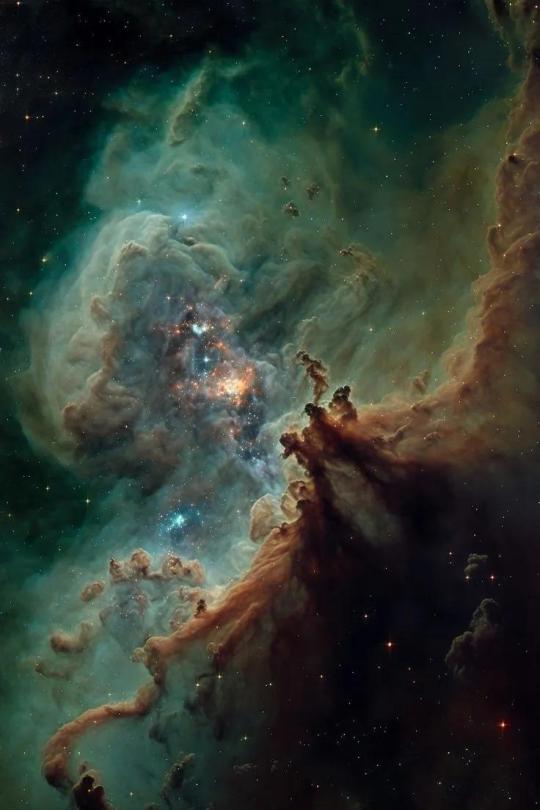
#astronomy#nasa#astronomers#universe#astrophotography#nasa photos#astrophysics#outer space#nasawebb#hubble space telescope#astrology#spacecraft#space exploration#space#astro community#space photography#james webb space technology#space program#planetary nebula#nebula#planet earth#plantblr#beautiful photos
484 notes
·
View notes
Text
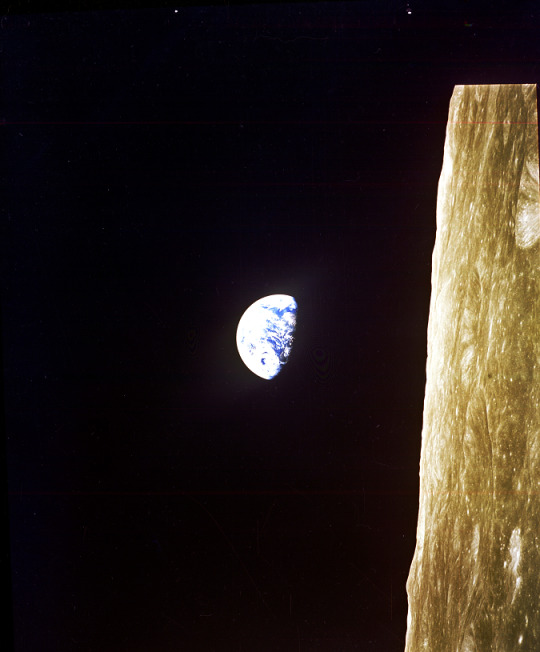
Rising Earth Greets Apollo VIII Astronauts
Record Group 306: Records of the U.S. Information AgencySeries: Master File Photographs of U.S. and Foreign Personalities, World Events, and American Economic, Social, and Cultural Life
This image is a color photograph of earth from lunar orbit. The surface of the moon appears on the right edge of the image. To the left, the earth appears to be floating in the blackness of space. Just over half of the earth is visible, the rest is in shadow.
#archivesgov#December 29#1968#Apollo 8#apollo program#nasa#nasa photos#space#space exploration#moon#1960s
163 notes
·
View notes
Text
Crying about Snoopy and NASA in the club. He’s just a little guy and he does Important work and they love him so much. 😭 he’s also literally been to space several times. Also, I don’t know if it’s still around but he’s also one of the higher awards in the field? Waahhhhhh




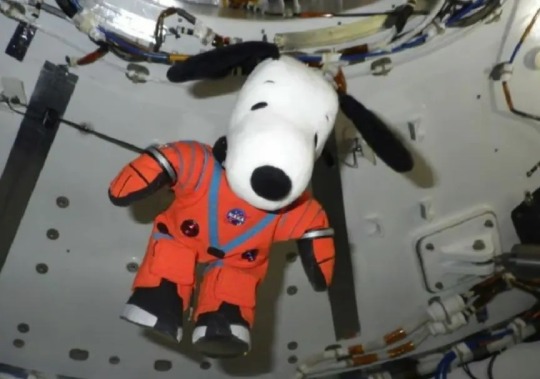
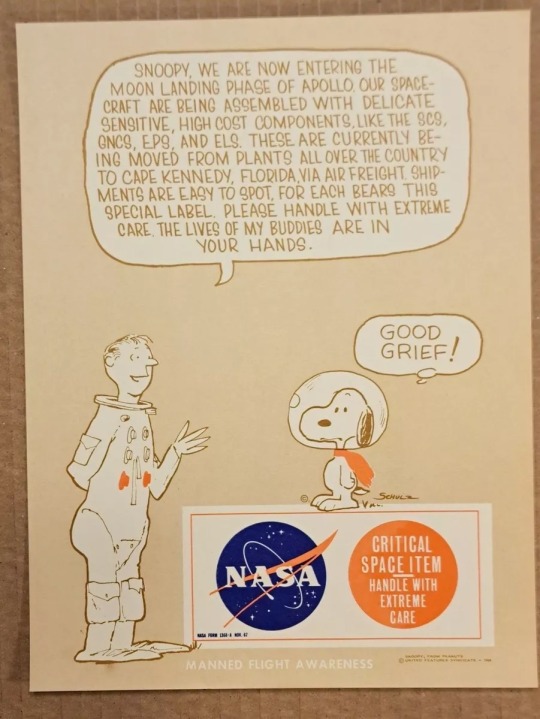
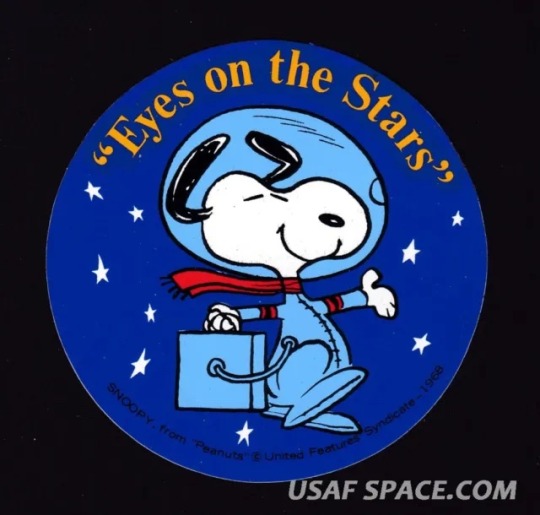
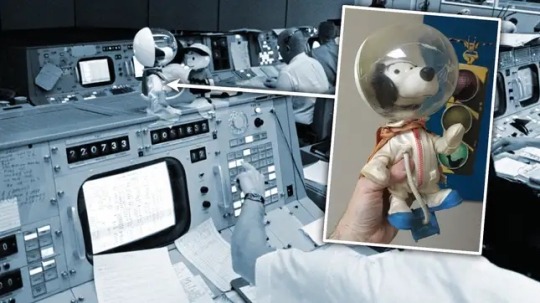

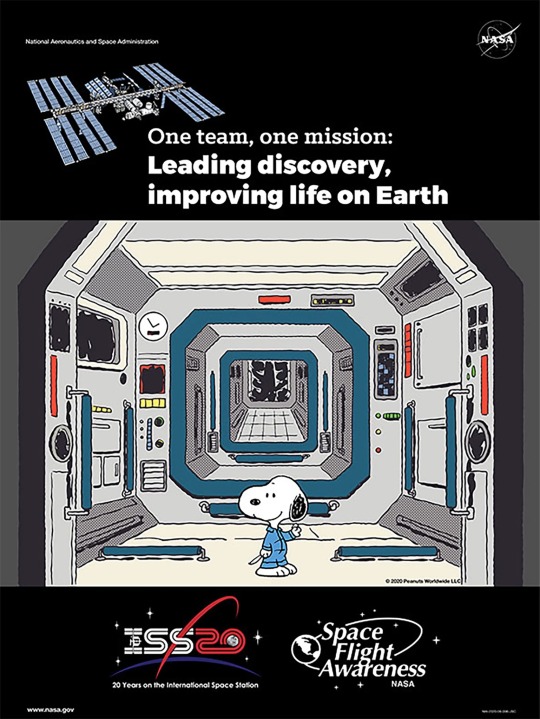
#it���s so cute I’m going to explode#space#space travel#space history#mascot history#space race#space age#nasa#snoopy#the peanuts#1960s#space program#moon
101 notes
·
View notes
Text
Space Station Concepts: Space Operations Center
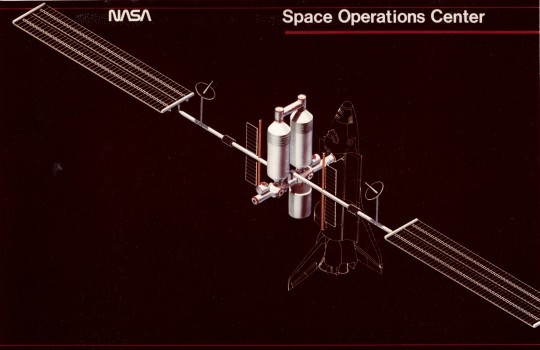

"The SOC is a self-contained orbital facility built up of several Shuttle-launched modules. With resupply, on-orbit refurbish- ment and orbit maintenance, it is capable of continuous operation for an indefinite period. In the nominal operational mode, the SOC is manned continuously, but unmanned operation is possible.

The present mission management and control process is characterized by a people-intensive ground monitoring and control operation involving large supporting ground information and control facilities and a highly- integrated ground-flight crew operation. In order to reduce dependence on Earth monitoring and control, the SOC would have to provide for increased systems monitoring; fault isolation and failure analysis, and the ability to store and call up extensive sets of data to support the onboard control of the vehicle; and the onboard capability for daily mission and other activity planning."
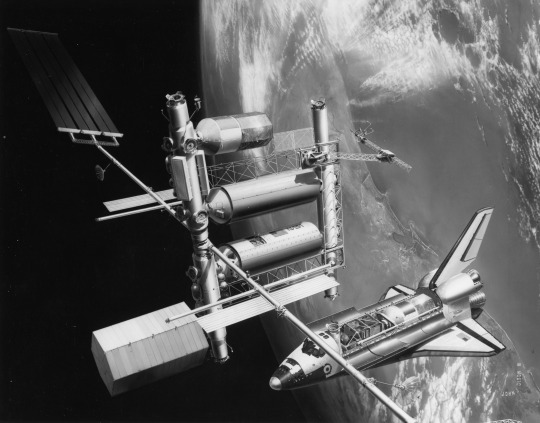

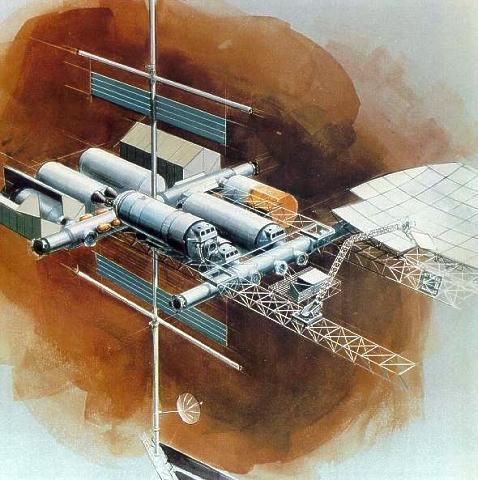
"Like most other space station studies from the mid/late 1970s its primary mission was the assembly and servicing of large spacecraft in Earth orbit -- not science. NASA/JSC signed a contract with Boeing in 1980 to further develop the design. Like most NASA space station plans, SOC would be assembled in orbit from modules launched on the Space Shuttle. The crew's tour of duty would have been 90 days. NASA originally estimated the total cost to be $2.7 billion, but the estimated cost had increased to $4.7 billion by 1981. SOC would have been operational by 1990.
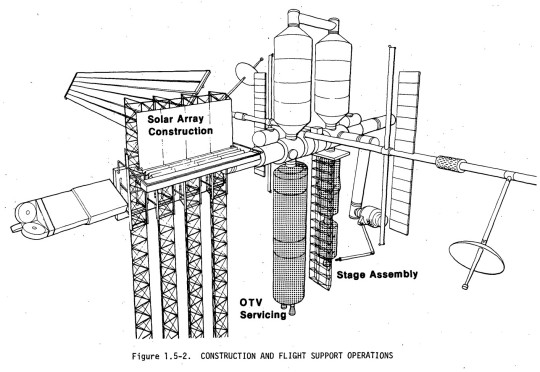
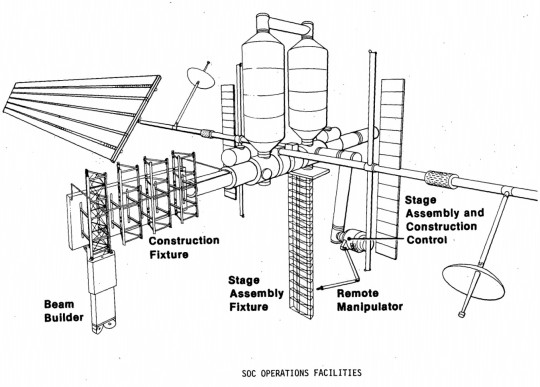

NASA's Johnson Spaceflight Center extended the Boeing contract in February 1982 to study a cheaper, modular, evolutionary approach to assembling the Space Operations Center. An initial power module would consist of solar arrays and radiators. The next launches would have delivered a space tug 'garage', two pressurized crew modules and a logistics module. The completed Space Operations Center also would have contained a satellite servicing and assembly facility and several laboratory modules. Even with this revised approach, however, the cost of the SOC program had grown to $9 billion. Another problem was Space Operations Center's primary mission: spacecraft assembly and servicing. The likely users (commercial satellite operators and telecommunications companies) were not really interested in the kind of large geostationary space platforms proposed by NASA. By 1983, the only enthusiastic users for NASA's space station plans were scientists working in the fields of microgravity research and life sciences. Their needs would dictate future space station design although NASA's 1984 station plans did incorporate a SOC-type spacecraft servicing facility as well."
Article by Marcus Lindroos, from astronautix.com: link

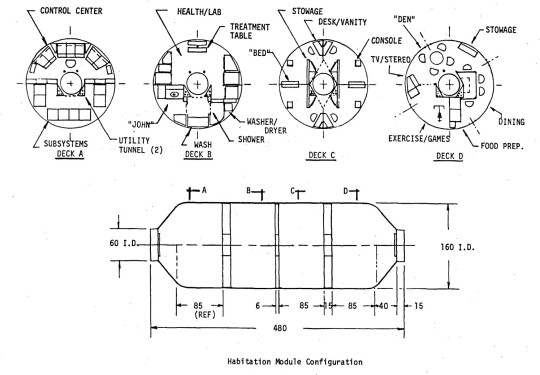


NASA ID: link, S79-10137
Boeing photo no. R-1859, link, link
#Space Operations Center#Space Station Freedom#Space Station Concept#Space Station#Concept Art#Space Station Program#Space#Earth#Space Shuttle#Orbiter#NASA#Space Shuttle Program#1979#1980s#my post
440 notes
·
View notes